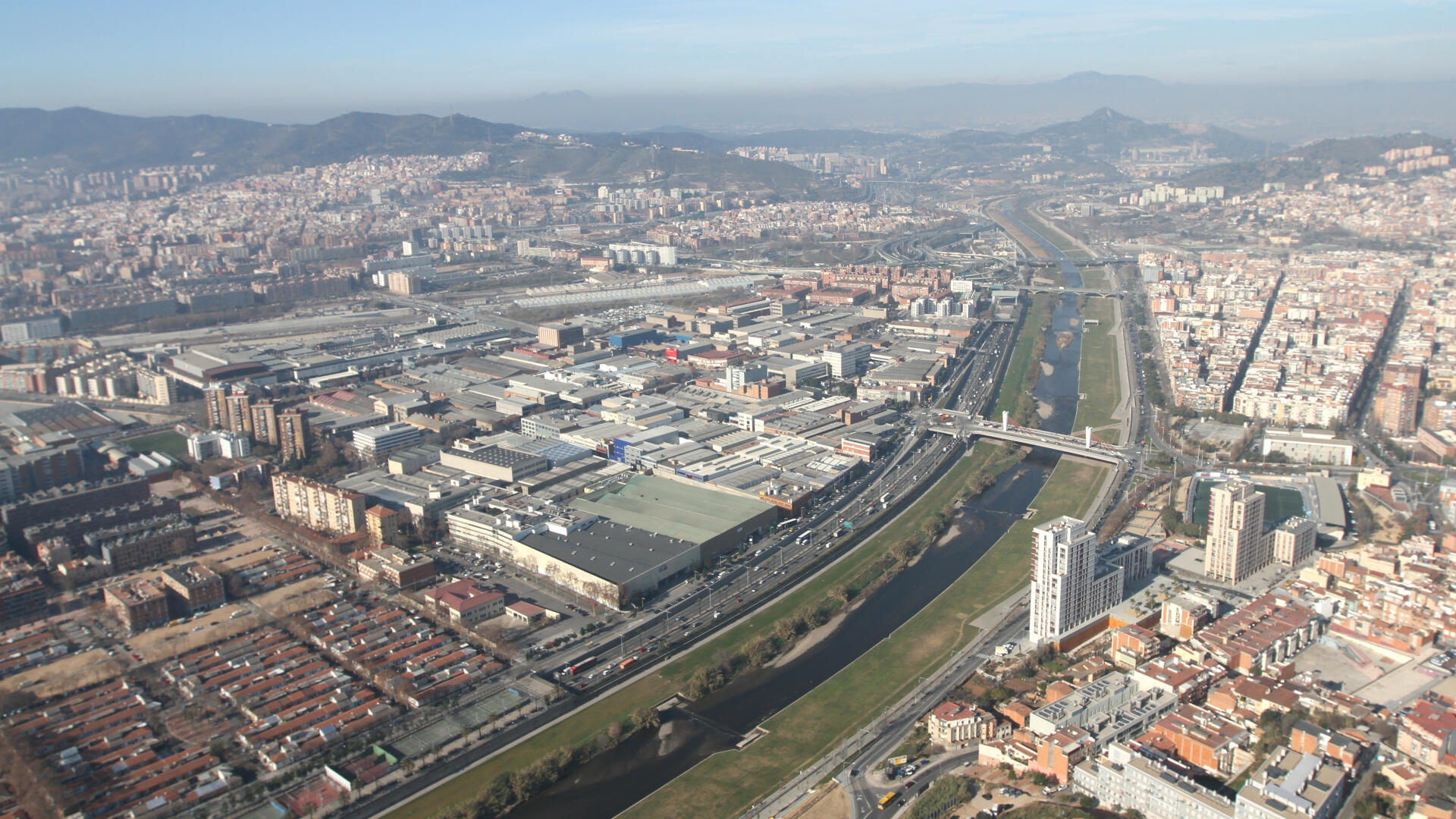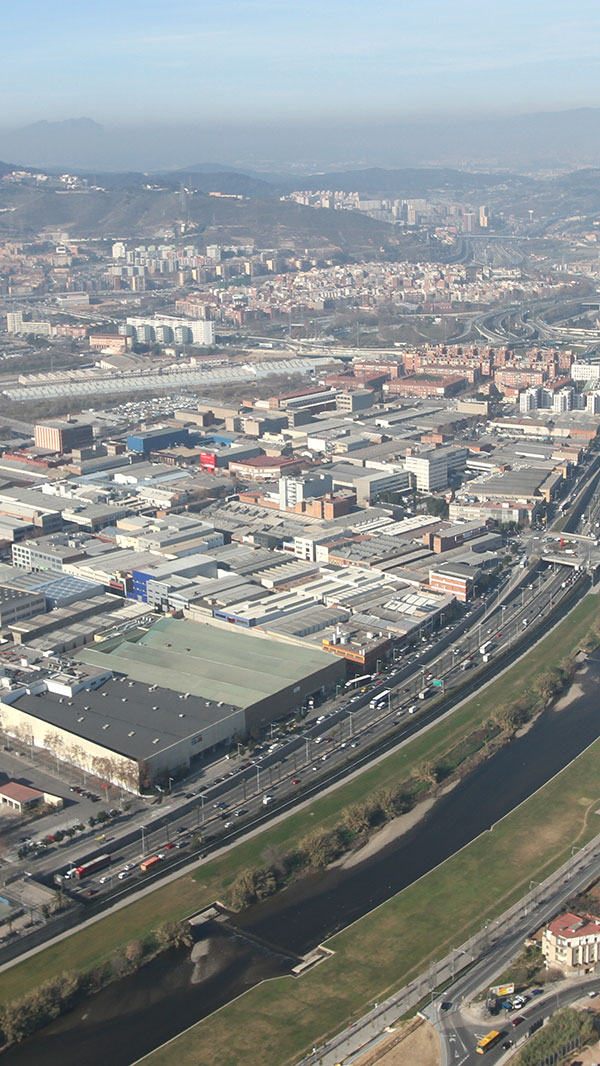Scope of the project
Located on the right bank of the Besòs River, the area affected by the work consists of the Bon Pastor and Torrent de L’Estadella industrial estates in the Sant Andreu district, La Verneda Industrial in Sant Martí and the Montsolís industrial estate which is partly in Sant Andreu and partly in the municipality of Sant Adrià de Besòs.
Nestled between residential and tertiary zones, the area has good access, especially by public transport, areas undergoing transformation and a road and railway infrastructure corridor.
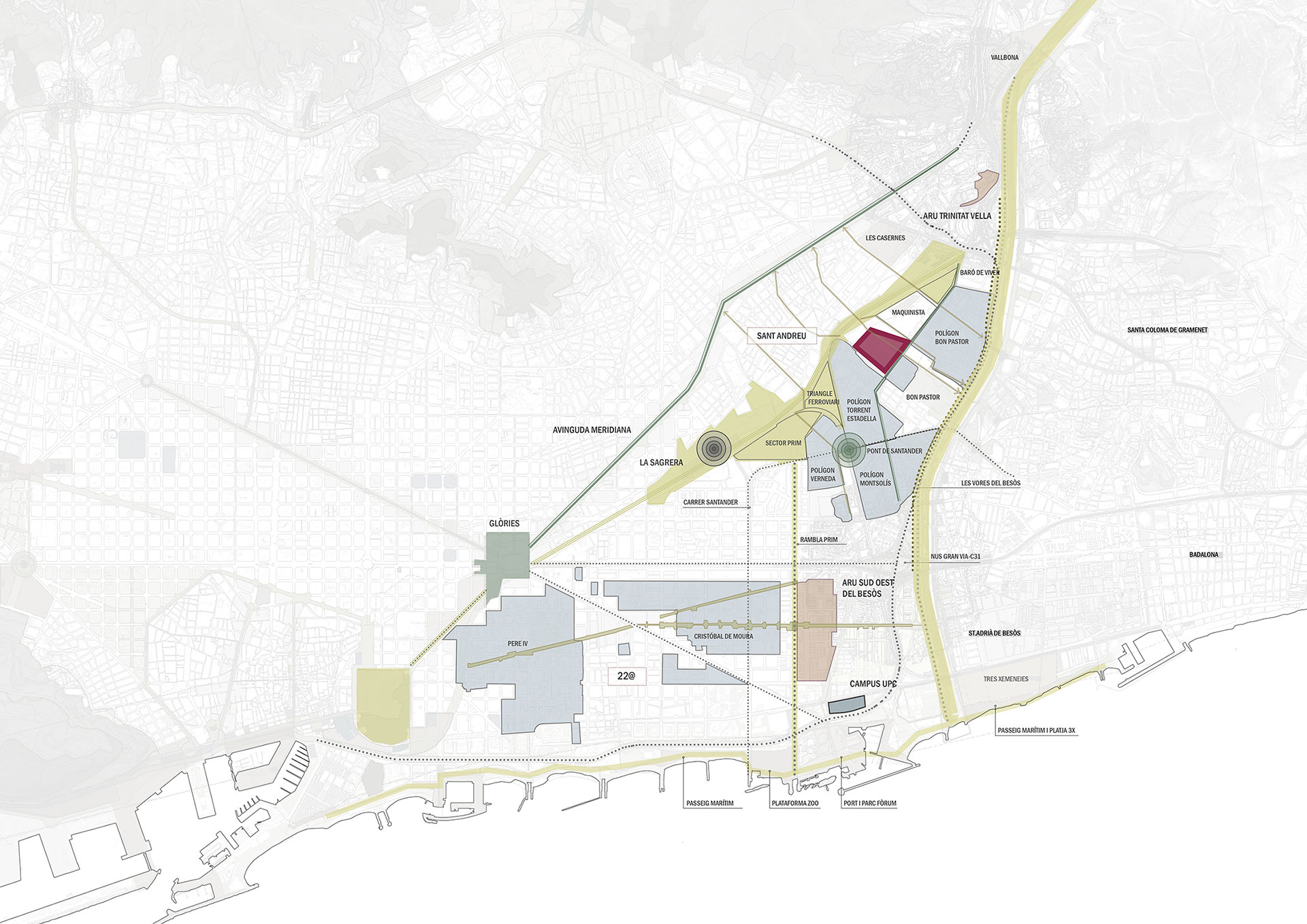
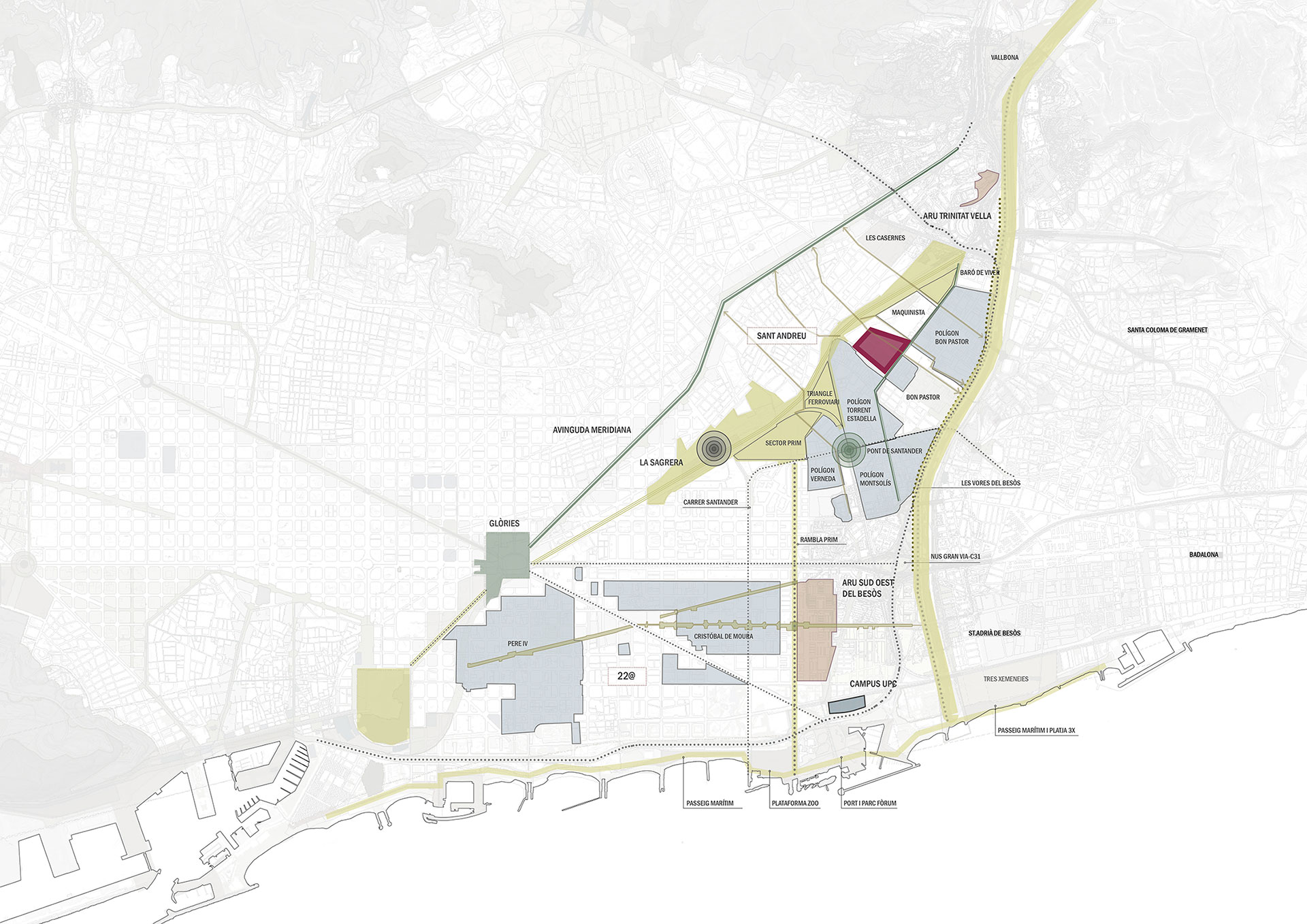
Urban industrial estates today
The industrial estates on the right bank of the Besòs are a good example of what urban industrial spaces mean. Industrial estates in the heart of the greater metropolitan city, nestling between residential and tertiary zones and with good access, especially by public transport, areas undergoing transformation and a road and railway infrastructure corridor.
They are a good example of situations and processes that, even today, occur in many similar urban industrial spaces. For many years, these industrial estates were considered residual, isolated areas, and the delocation of production to other regions and countries justified their transformation into areas with economically more profitable uses, such as housing or commerce.
This has resulted in the steady loss of most of this land, with no prior examination of the role of these spaces have in balancing the urban system and economic activity in the city.
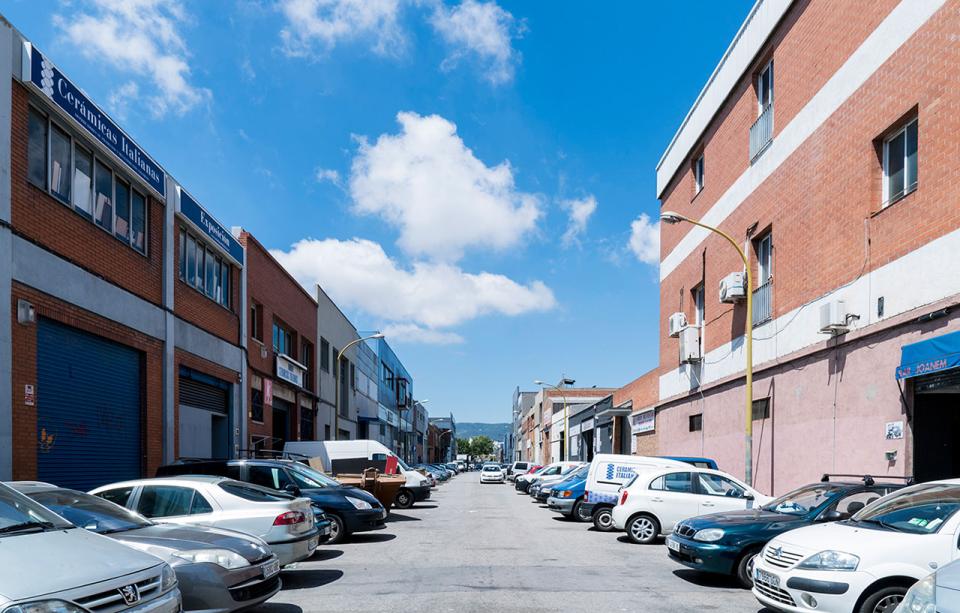
Land of opportunity
The repurposing of these industrial estates must necessarily consider future short, medium and long-term scenarios in urban and infrastructure development in their surroundings, such as La Sagrera, La Maquinista, La Mercedes, the Prim sector and the Casernes de Sant Andreu. The operations planned for these areas will mean a major increase in population and jobs.
Developing the industrial fabric of the future should not mean forgetting the lessons of the past. The European industrial strategy aims to incorporate scale-up strategies (which make use of local experience and networks, including traditional industry that is still active) combined with emerging companies capable of benefiting from knowledge transfer among the high value chain actors. Thus, the strategy must recognise the value of: a) industrial traditions; (b) the existence of relevant actors in highly specialised sectors, c) the knowledge generated by research clusters and d) start-ups in emerging production fields.

The Productive Superblock: regeneration and promotion of urban productivity
The regeneration strategy for the productive fabric must tackle the challenges facing the city, and turn traditionally isolated industrial estates into productive units in continuity with the urban environment, building up the city. The Productive Superblock must integrate the principles of the Barcelona Superblock project (sustainable mobility, healthy infrastructure, care for social relations and the local economy, in which citizens and their needs play a leading role) adapting them to the characteristics of the industrial and productive fabric.
The Productive Superblock considers circularity and digitisation as requirements for productive activities, and in line with the New European Bauhaus, based on the European New Green Deal, promotes Industry 5.0, which provides support for economic development that is not only concerned about efficiency and production as its sole objectives and indicators, but also strengthens the role and contribution of industry to society, and provides solutions to the major challenges facing the city, such as conservation of resources, climate change and social equity.
Therefore, the starting point for this strategy focusses on developing approaches to the role these industrial spaces have, in both the current urban economy and in the metabolic workings of the city, stressing not just economic but also social, environmental and functional value.
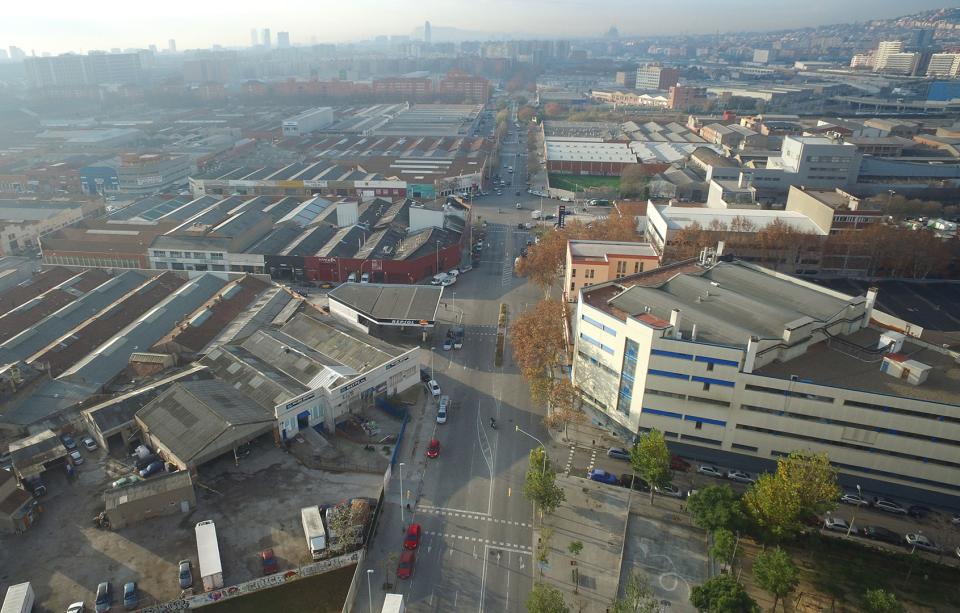
Strategic goals
-
Impulsar la innovació i la dinamització de les empreses d’indústria urbana
-
Definir el model de teixit urbà productiu integrat que permeti consolidar i facilitar la millora de les activitats econòmiques actuals.
-
Definir el model de mobilitat requerit per les activitats existents o potencials.
-
Definir paràmetres urbanístics que permetin la ubicació d’activitats de PIMEs amb valor afegit vinculades a l’economia verda i circular.
-
Millorar l’espai públic i les infraestructures i els serveis socials vinculats
The regeneration process
Work is being carried out with the principle parties in the field and in the region to agree on the strategy for defining the future of the zone.
After producing an analytical assessment, a process of debate and dialogue was initiated, and a steering committee was set up comprising the main parties involved: public authorities, universities, companies, organisations, trade unions and community associations. This committee will work to produce a document the reflects the strategy and the criteria for future urban change in the area.
Reflection and debate session
On 2 May 2022 a reflection and debate session was held at the Baró de Viver Civic Centre to define the strategy for regenerating the productive fabric on the right bank of the Besòs. This forum for debate provided an opportunity to share the analytical assessment and the key principles underpinning the strategy, while also reflecting jointly on the next steps for the regeneration of the Besòs productive fabric.


